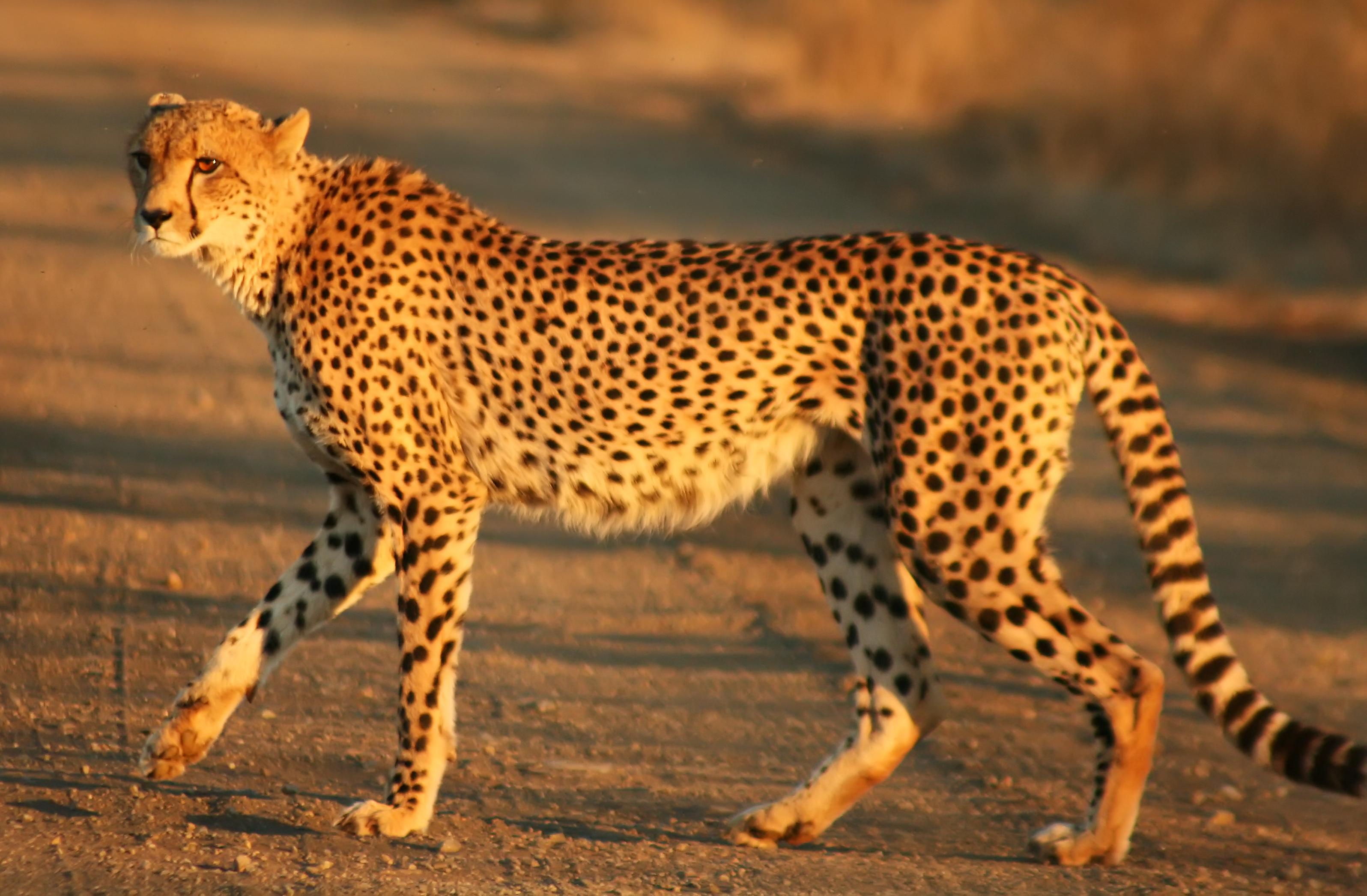The government has planed to restore the population of Cheetah that has become extinct in the country. It aims at establishing viable cheetah metapopulation in the country that allows the cheetah to perform its functional role as a top predator and contributing to its global conservation efforts.
The first batch of eight cheetahs is expected to arrive from Namibia this month. The group of cheetahs — four male and four females — will be introduced in Madhya Pradesh.
There are only about 7,000 cheetahs left in the world and a majority of them are found in African savannas.
The cheetahs will be released in a 500-hectare electrically-fenced area in the Kuno Wildlife Sanctuary in Madhya Pradesh. They are not being released into the wild completely as experts want to keep them under observation initially.
Before the arrival of cheetahs, the authorities of Kuno Park have already shifted leopards to ensure that the two species don’t engage in a duel over territory. As for the cheetahs’ food, the park authorities have claimed that there are 15,000-20,000 spotted deer for them. In case of a shortage of prey for cheetahs, chitals would be brought for them from the Pench National Park in Madhya Pradesh.
According to official records, India had Asiatic cheetahs, though only a few in number, in 1947. However, the species was declared extinct in India in 1952. It is said that the last three cheetahs were gunned down by Maharaja Ramanuj Pratap Singh Deo of Surguja state (presently the Guru Ghasidas National Park in Chhattisgarh) in 1948. At present, Asiatic cheetahs are a critically endangered species surviving only in Iran.
Since the 1960s, the government of India has been trying to get cheetahs into the country. Earlier, the government tried to get Asiatic cheetahs from Iran. However, the plan didn’t work out as Tehran declined the transfer of cheetahs because of the critically low population numbers of the species.
Following a period of inactivity, India renewed its efforts to procure a cheetah. This time, the government focused on Africa. In 2009, the country achieved a breakthrough during Jairam Ramesh’s tenure as the Environment Minister. He pushed the project to acquire cheetahs and around that time, there were reports that India has reached out to Cheetah Conservation Fund (CCF) in Namibia and other captive facilities based in South Africa.
